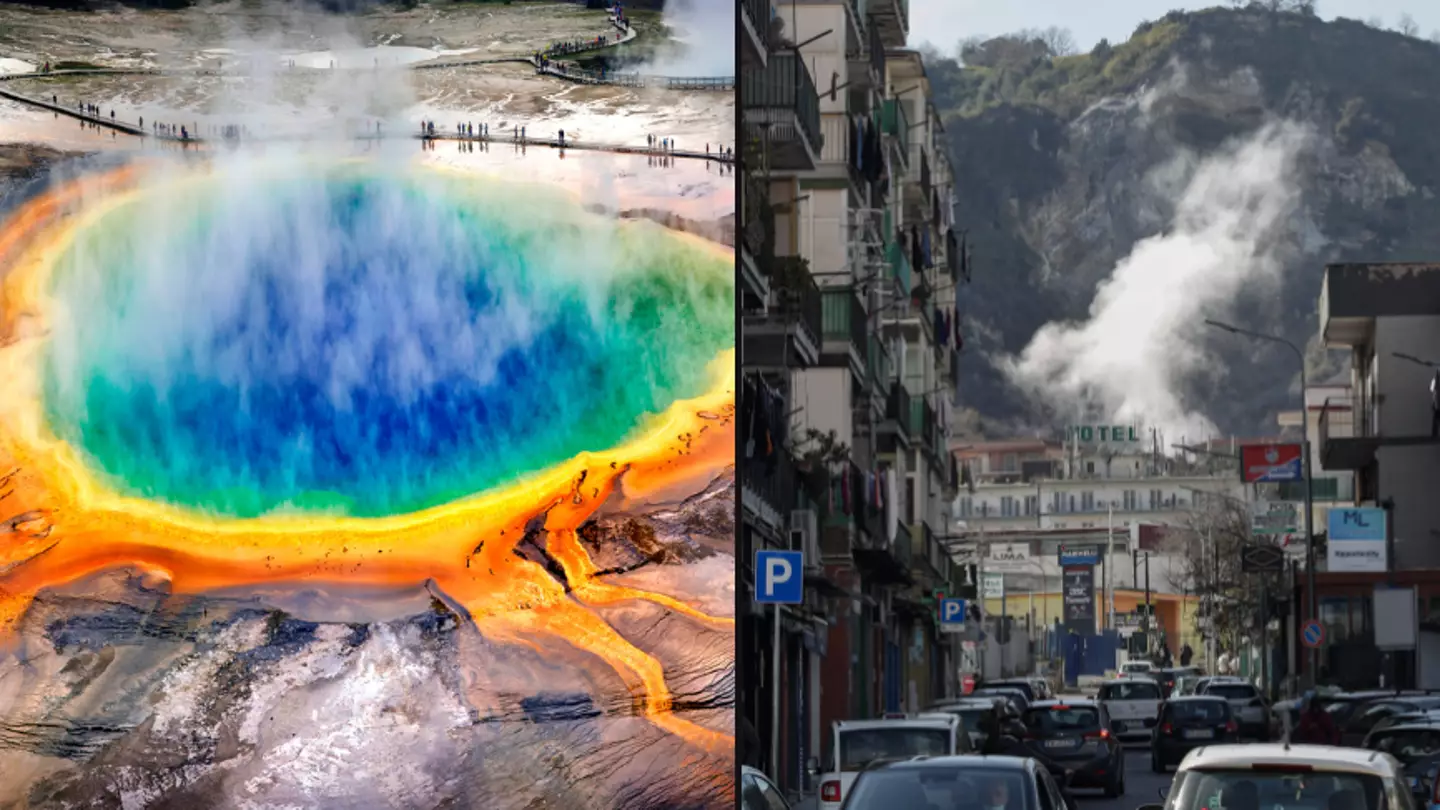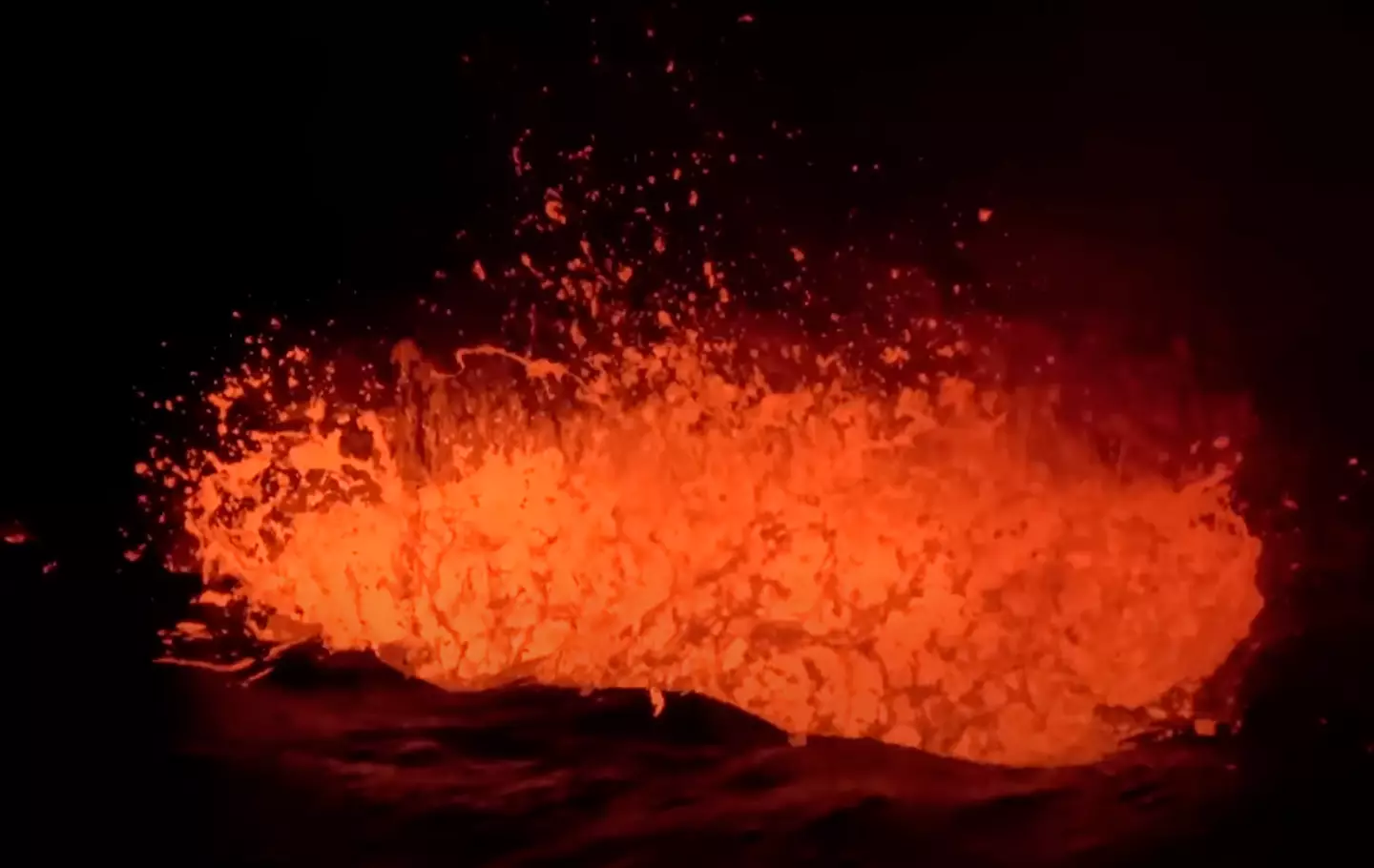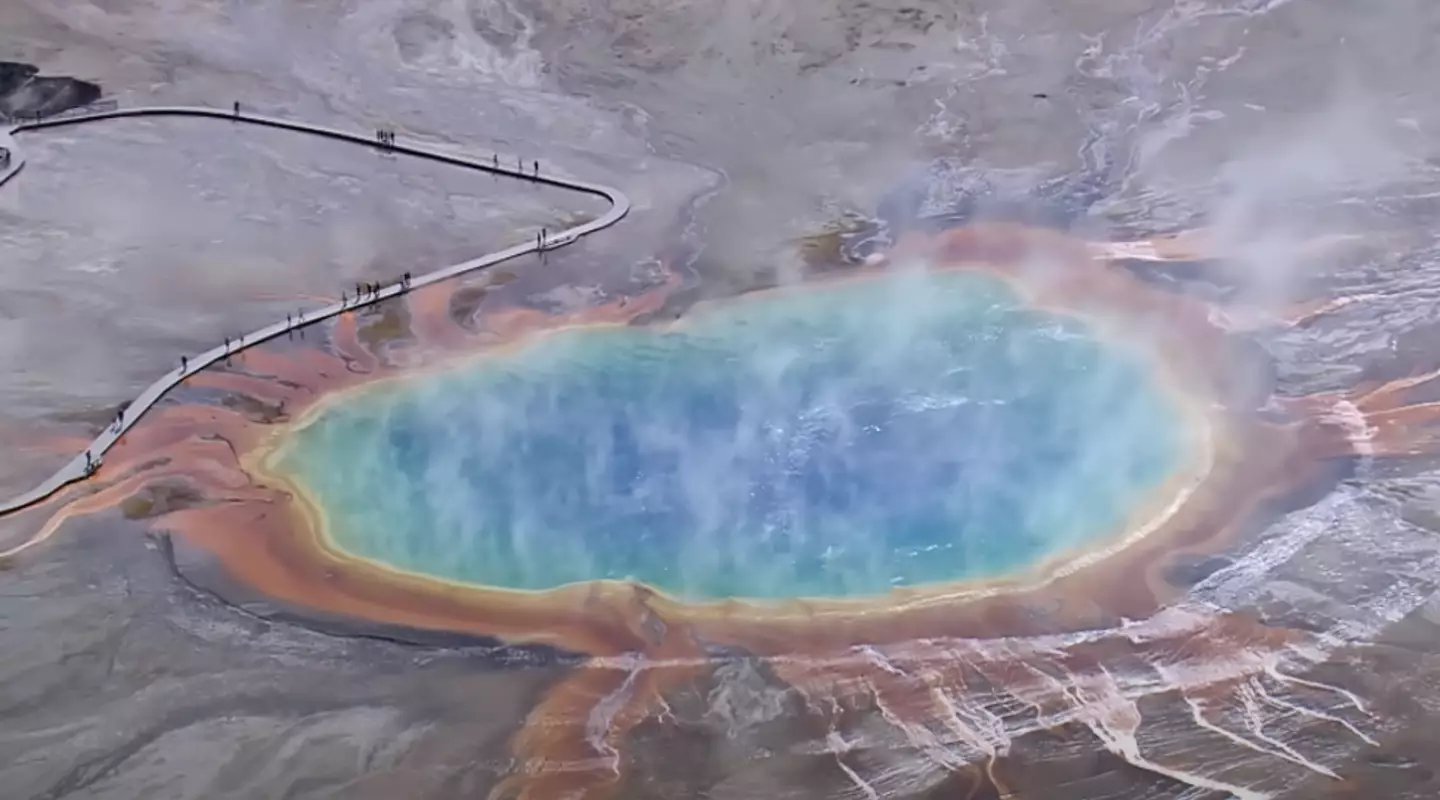
Although there are only 14 known supervolcanoes in the world - it takes just one eruption to have an unimaginable impact on the planet.
Sorry if I've ruined your Saturday, but the good news is that the difference between a supervolcano and a normal volcano is pretty big.
What is a supervolcano?
With a supervolcano having a volcanic explosivity index (VEI) of 8 - the largest recorded value on the index - it has the potential to produce an eruption with major effects on the global climate and ecosystem.
Do we have any in the UK?
In the UK, we've never really had to worry.
We've got Arthur's Seat, Snowdonia and Castle Rock, but they are very much dormant volcanoes.
When was the last one?
According to the National History Museum, the most recent super eruption was of New Zealand's Taupō volcano, which occurred around 26,500 years ago.
Advert
So clearly, no one alive has ever seen one, or will see one.
What would happen if a supervolcano erupted?
To give us some idea on what would happen, we can take a look at the 1815 eruption of Mount Tambora, which recorded a VEI of 7.
This is where it gets depressing.
There were believed to be around 10,000 to 11,000 deaths from direct volcanic effects.
Advert
Also there were an additional 49,000 to 90,000 deaths from post-eruption famine and epidemic diseases on Sumbawa, Lombok and Bali.
Not to mention reduced global temperatures in the following year which led to famine in numerous regions.
So, yeah, not looking good.

What do the experts say?
"Supervolcanoes can produce very rare and very large silicic ‘supereruptions’ – such as those reconstructed at Yellowstone, Taupo and Toba," Dr Katie Reeves, a teaching fellow at the University of Warwick, told the Metro.
Advert
"The actual number of supervolcanoes on Earth is not fully known as much of our knowledge is based on reconstructing past supereruption events, as we have not witnessed one of these during human history.
"It is likely that, due to the interconnected nature of the climate and Earth system, the effects following a supereruption would be very widespread.
"We’d see a 1-3C drop in global temperatures within six months, lasting five to ten years. Agriculture would suffer from less sunlight reaching the crops, and extreme weather events like frosts and droughts [would occur].
"Major climate patterns like El Niño and monsoons could be impacted too, affecting hundreds of millions. There would also be serious consequences for water security, as there would be 5-10 percent less rainfall, energy, and finance."

Advert
In this day and age, there would be some major implications for air travel too.
"This has major implications for air travel, as we saw with the much smaller eruption of Eyjafjallajökull in Iceland in 2010," she said.
"These supereruptions may also produce sulphur gases that can also reach the stratosphere due to the height of the plumes – this can react with water vapour in the atmosphere to create sulphuric aerosols that can scatter incoming radiation and temporarily cool the climate, also called a 'volcanic winter'."
Topics: World News, Environment, Science, Global Warming